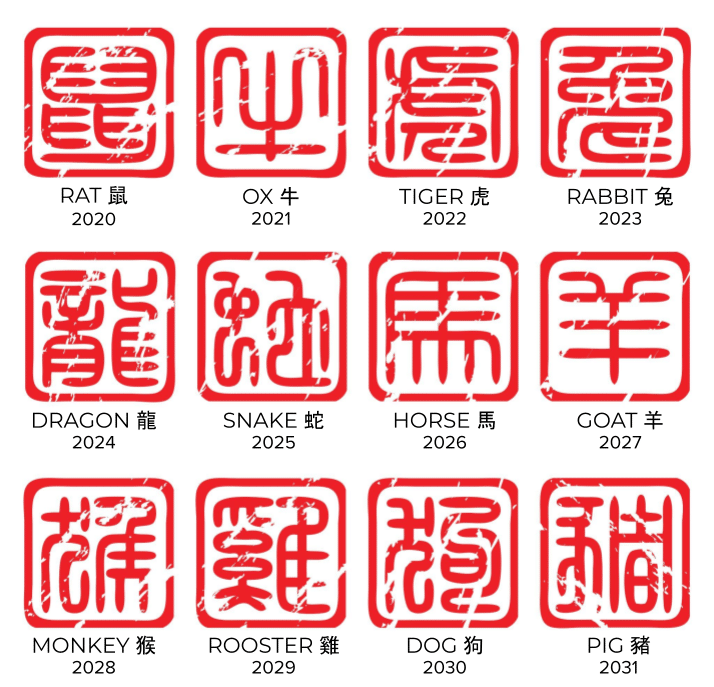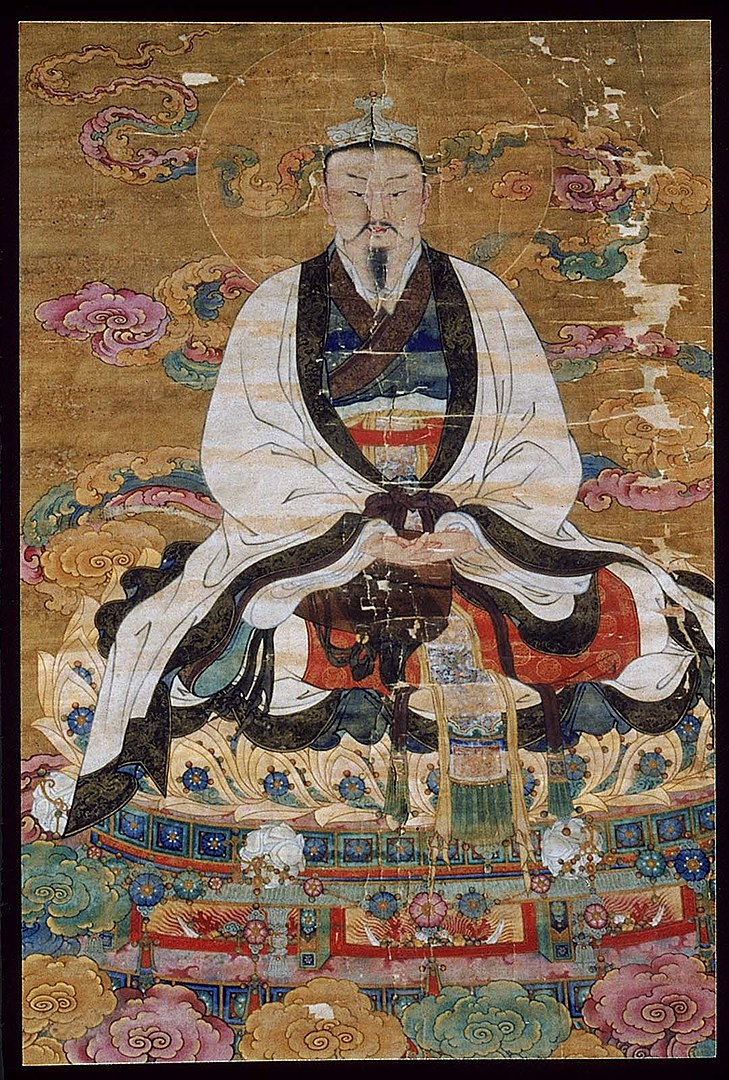What are the twelve zodiac signs?
An important aspect of Chinese culture is the Chinese Zodiac , a 12-year astrological cycle in which a zodiac animal is assigned to each year in an ever-repeating rotation.
As everyone approaches Chinese New Year - itself considered the most important annual Chinese holiday - the zodiac animal of a given year moves on to the next in the 12-year lineup.

Why should you know the twelve zodiac signs?
Exploring the meaning of the Chinese zodiac signs and the personality traits represented by each animal is a fun and engaging activity for Chinese language students.
What’s more, understanding the beliefs and traditions that underpin the Chinese zodiac can provide insight into the complex and fascinating world of Chinese culture.
Overview of the twelve zodiac signs
The twelve zodiac signs are an ancient belief system that are considered tools to determine a person’s destiny. Following the traditional Chinese lunar calendar , the program is based on a 12-year cycle, in which each new year is represented by one of the 12 zodiac signs (called zodiac signs (shēngxiào) in Chinese).
This coming spring, Chinese families from all over China and the diaspora will gather together to celebrate the Spring Festival on September 12, 2021. At that time, they will welcome the second animal in the XNUMXth rotation, the cow (ox niú).
Chinese Zodiac Origin Story (or rather, story)
Scholars believe that the Chinese Zodiac originated from China’s Warring States Period (475 BC to 221 BC), or the Warring States Period (Zhànguó Shídài). However, it was not until the Han Dynasty (202 BC to AD 202) that the Chinese astrological calendar became popular.
There are several theories and popular stories to explain the origin of the Chinese zodiac. Therefore, understanding the origins of the tradition can be a bit confusing.
One popular theory is that the Chinese zodiac originated from the Silk Road trade routes. Supporters of this theory say that the various animals in the zodiac represent animals introduced to China by Indian Buddhists.
The second, and perhaps broader, theory focuses on the legendary Jade Emperor. It is said that he invited all the animals in the world to a banquet, but only 12 showed up. Therefore, he decided to honor these 12 animals (now commonly known as the 12 zodiac animals) on the Chinese calendar.

The Jade Emperor in this Ming Dynasty painting plays an important role in the traditional interpretation of the origins of the Chinese zodiac.
Another Chinese zodiac origin story claims that Buddha himself summoned 12 mythical beasts to protect his palace. So he organized a competition involving all the animals on Earth to determine the most valuable. In the end, the top 12 players in the competition were selected as his escorts. Now, they represent the twelve zodiac signs.
The traditional order of the 12 zodiac signs is as follows:
Rat(2020)
Cow(2021)
Tiger(2022)
Rabbit(2023)
Dragon(2024)
Snake(2025)
Horse(2026)
Ram(2027)
Monkey(2028)
Cock(2029)
Dog(2030)
Pig(2031)
Check out the video below from our friend Ted-Ed for a quick look at one of the myths behind the Chinese Zodiac.